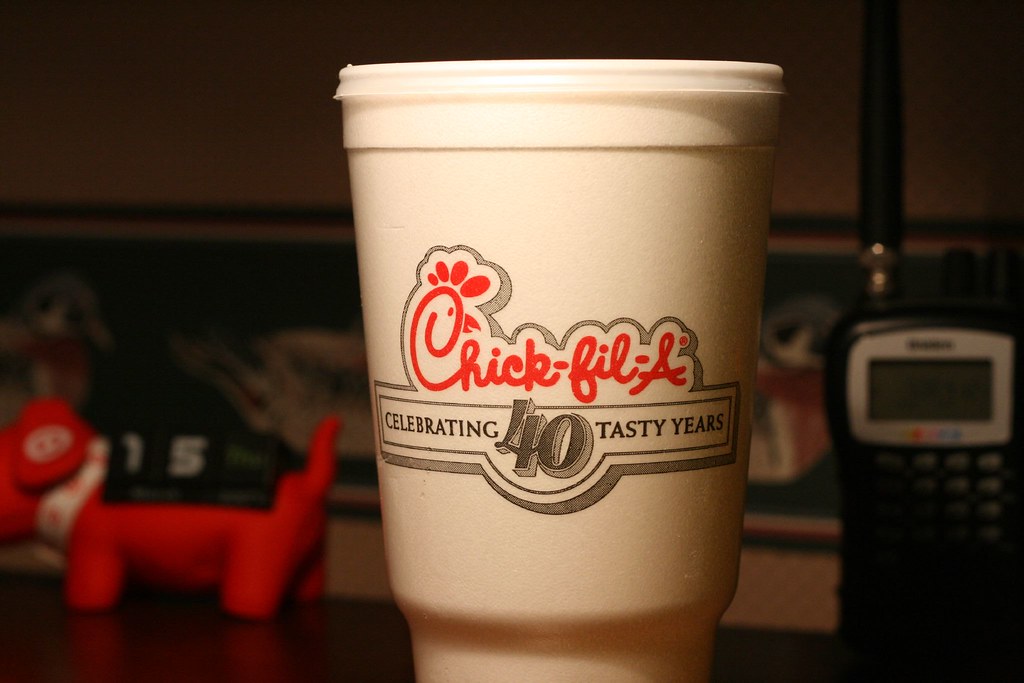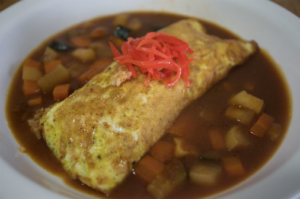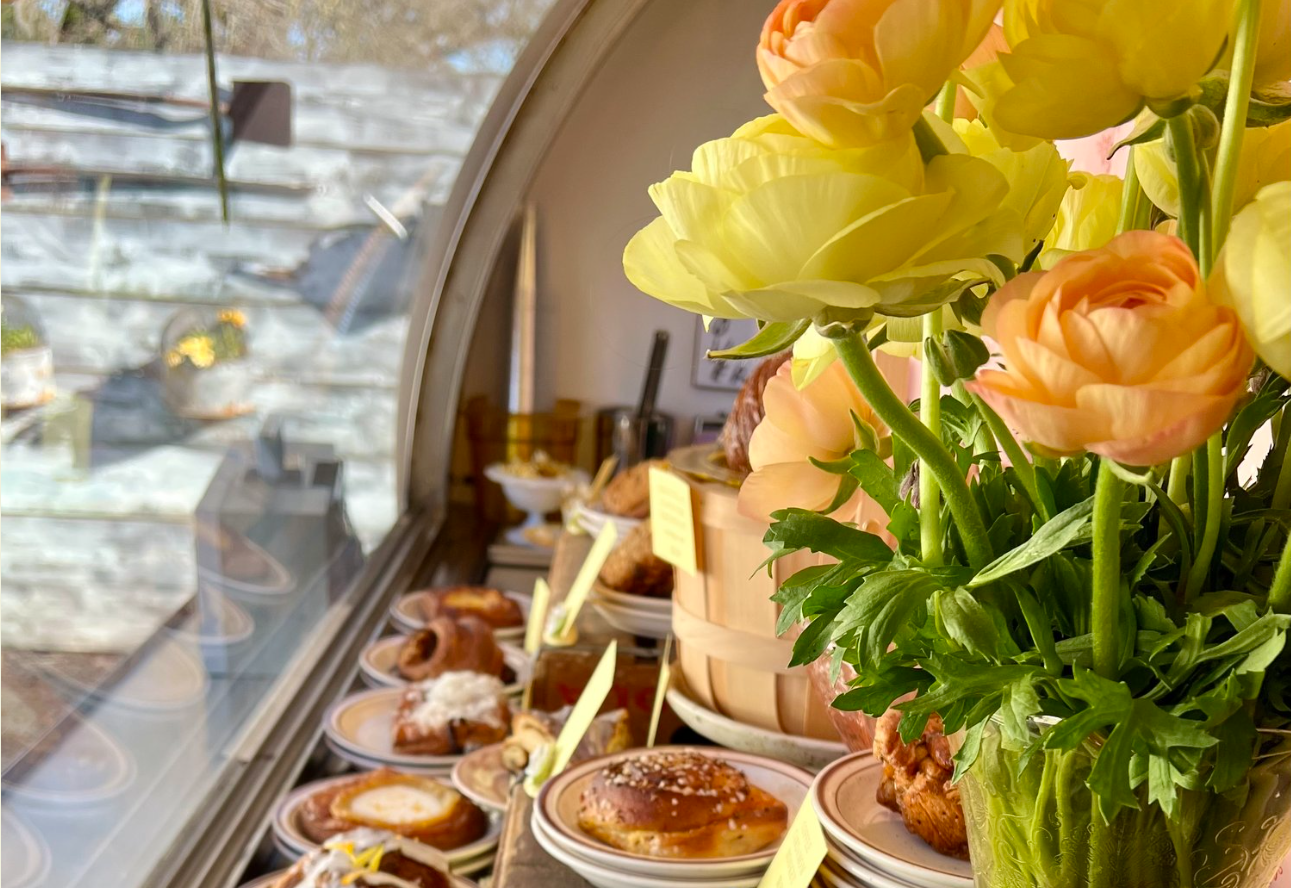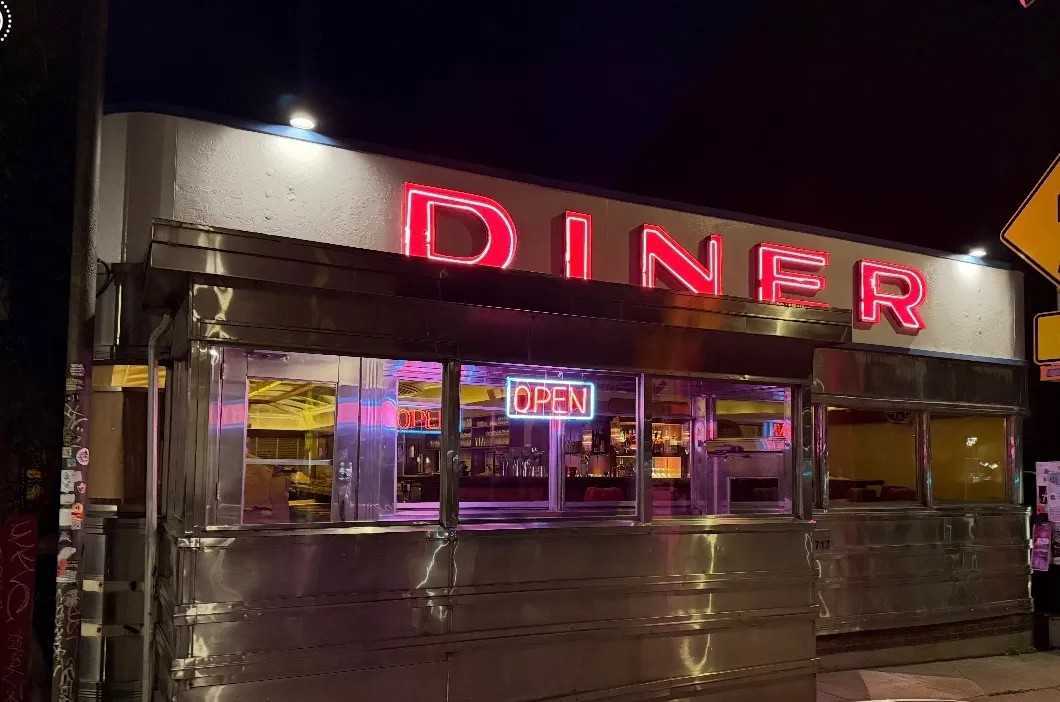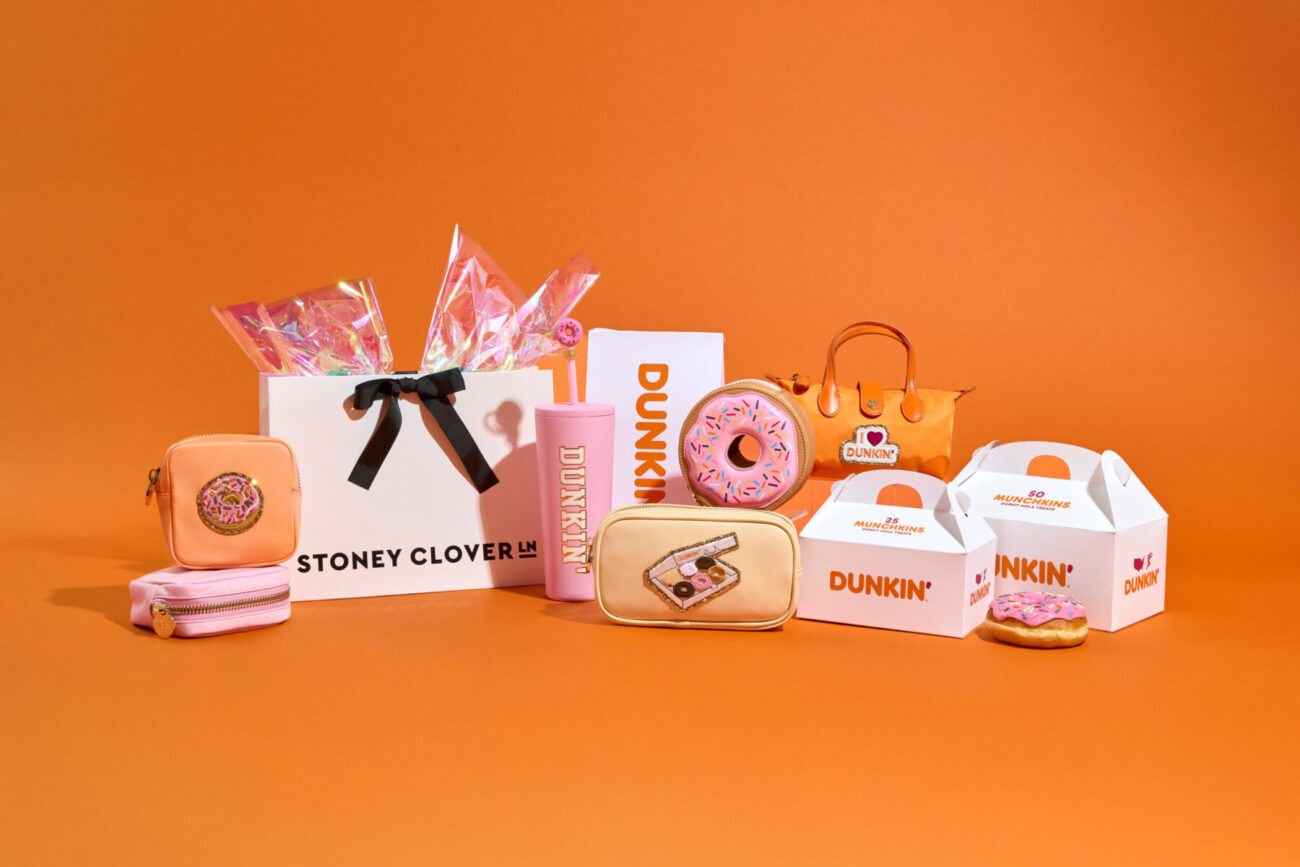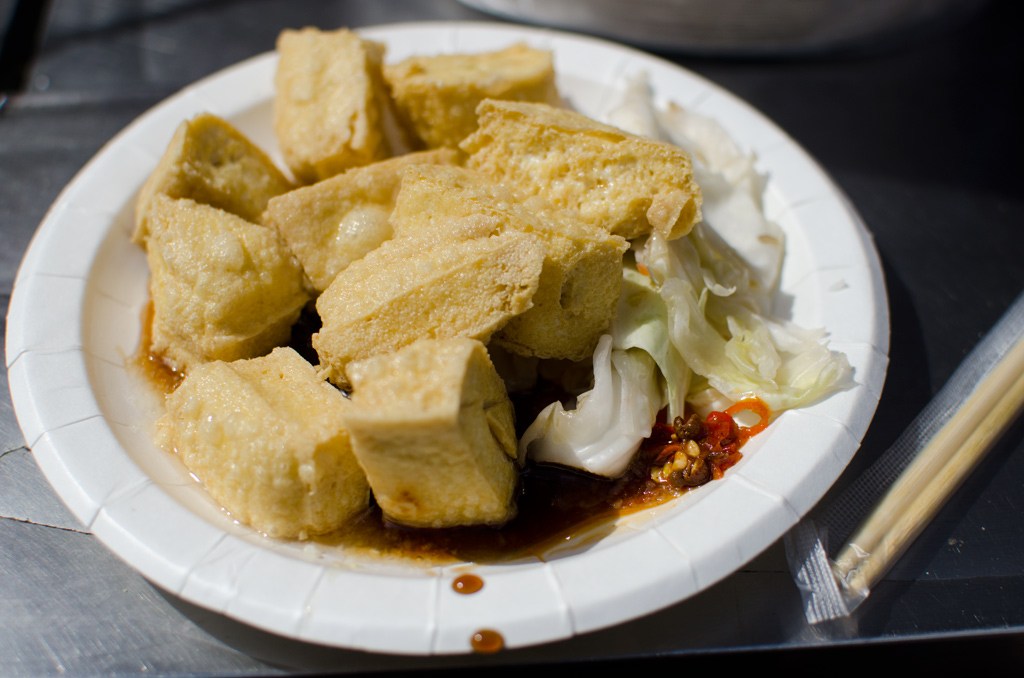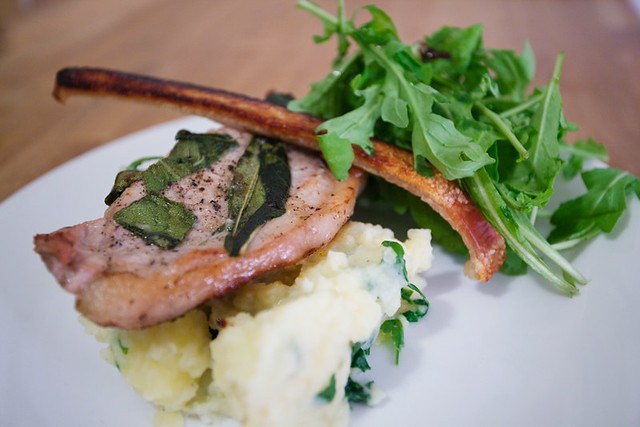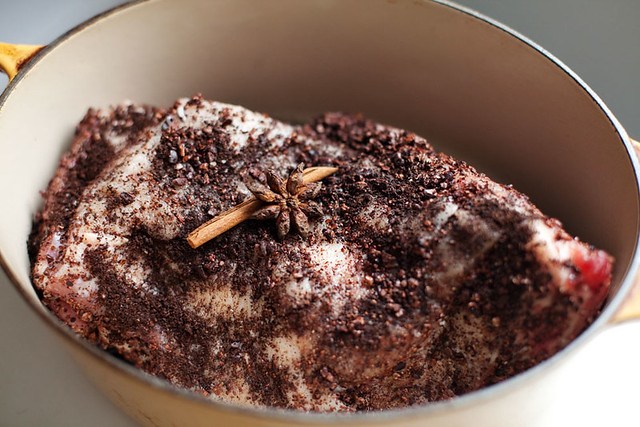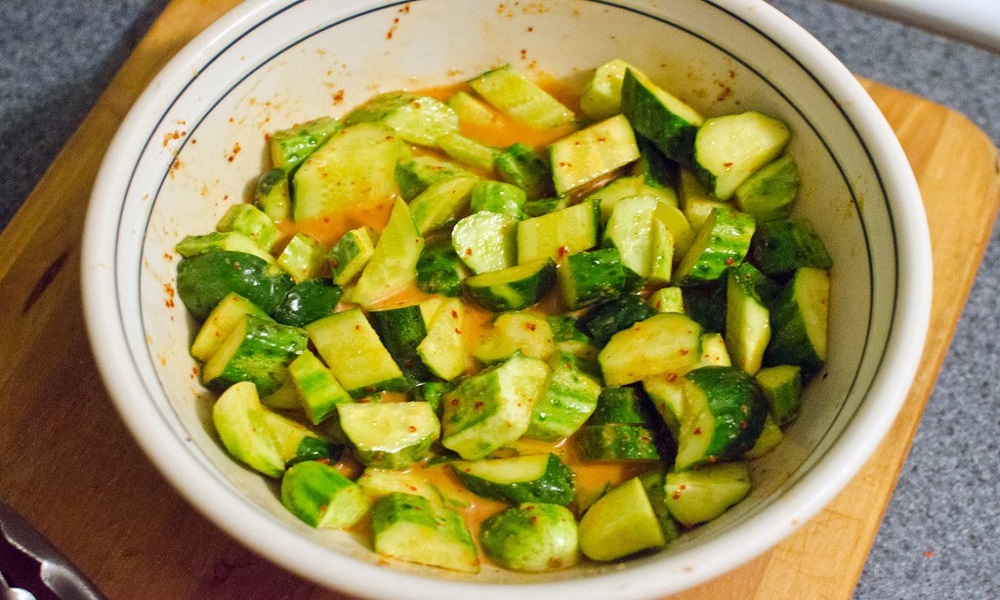Chick-fil-A’s transition from Styrofoam to paper cups has ignited a passionate customer uprising across social media platforms. The change, rolling out nationwide since 2023, represents more than packaging—it’s disrupting a cherished ritual for millions of loyal fans. For more about the company’s official stance and sustainability efforts, visit the Chick-fil-A official site.
The Comfort Cup Crisis
Steam no longer rises quite the same way from Chick-fil-A drinks. Where Styrofoam once provided superior insulation, paper cups now deliver a different tactile experience that has customers expressing genuine grief over their lost “comfort cups.” While Dunkin’ celebrates design innovation with chic new packaging, Chick-fil-A customers mourn the loss of function over form.
Every sip tells the story. Ice cubes melt faster against paper walls. Condensation beads form where once there was none. The cup change joins a growing list of beloved fast-food items that disappeared despite fierce customer loyalty, proving that corporate decisions don’t always align with consumer attachment. Fingers no longer recognize the familiar texture that signaled perfect drink temperature.
- Paper cups require double walls to match Styrofoam’s insulation performance
- Ice retention decreases noticeably in paper containers according to customer reports
- Condensation issues affect the drinking experience for many patrons
Environmental Push Meets Customer Resistance
“I understand if it’s better for the environment,” one Reddit user acknowledged, “but Styrofoam really does keep that ice from melting nearly as fast.” This sentiment reflects the complex tension between environmental responsibility and customer satisfaction.
Chick-fil-A’s official position emphasizes sustainability credentials. The new paper cups source materials from responsibly managed forests and offer recyclability in areas with proper facilities. For details on Chick-fil-A’s packaging transition and sustainability, see their official why did Chick-fil-A change its cup FAQ.
Local regulations in numerous markets have also banned Styrofoam, forcing the transition regardless of customer preference.
Industry Adaptation
Chick-fil-A joins McDonald’s and other major chains moving away from Styrofoam packaging. The chain continues testing alternatives, including 24-ounce specialty plastic cups for iced beverages in select markets. To learn about similar packaging changes across the industry, read about the McDonald’s packaging change and broader trends at TheStreet.
Customer feedback will likely influence how quickly the transition proceeds, balancing environmental goals with the tactile experiences that define brand loyalty.


